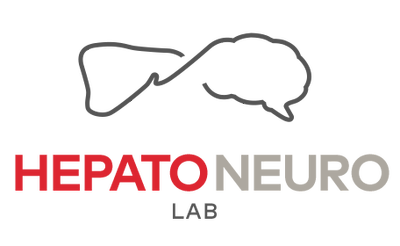
Data obtained by Mélanie Tremblay

Chromatographic technique used to analysis complex samples, such as cerebrospinal fluid or blood.
First, we treat the sample, by chemical reaction, to add a fluorophore molecule. Then the sample is loaded on a column coated with a hydrophobic compound (molecules could bind to them). Aqueous buffer flows through the system without affecting the protein-column connections. Thereafter, we introduce a hydrophobic buffer gradually. The molecules from the hydrophobic buffer compete molecular interactions in the column, taking out the sample. Fluorescence will be read by a detector. As percentage of second buffer increases with time, interactions will be destroyed gradually, allowing separation of sample molecules (they all have different properties affecting this link).

Data obtained by Mélanie Tremblay